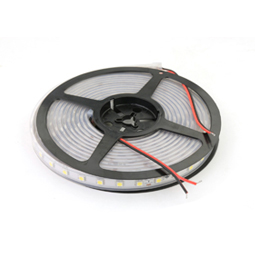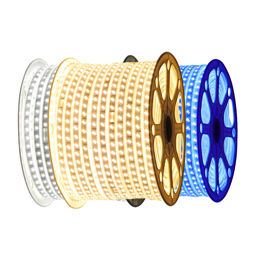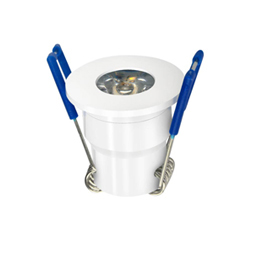Color Rendering Index(CRI)
Color Rendering Index (CRI) Defined
A simple definition of Color Rendering Index (CRI) would measure the ability of a light source to accurately render all frequencies of its color spectrum when compared to a perfect reference light of a similar type (color temperature). It is rated on a scale from 1-100. The lower the CRI rating, the less accurately colors will be reproduced. Light sources that are incandescent radiators have a CRI of 100 since all colors in their spectrum are rendered equally. As stated earlier, light sources that are not incandescent radiators will have Correlated Color Temperatures.
Examples of light sources with Correlated Color Temperatures, having CRI levels that are less than 100 would include: HMIs, and also most photo quality fluorescent lamps, as well as LEDs. With lower CRI ratings these sources may also have too much green or magenta in their spectrums. An acceptable Color Rendering Index level for professional imaging is considered to be 90 or above.
Tungsten-halogen 3200K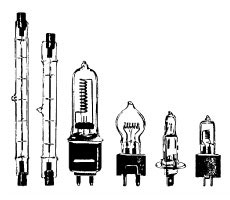
The lamp formerly known as Quartz has a more stable color temperature throughout the life of the lamp, than tungsten-incandescant.
These lamps get hot and have shorter lifespans than some others. CRI is 100.
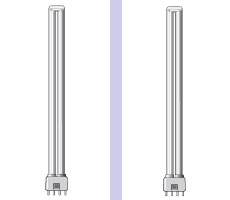 Fluorescent (Photo Quality)
Fluorescent (Photo Quality)
3000-3200K, or 5000-5600KFluorescent lamps made for photo use are available in tungsten-halogen or daylight colors, with CRI’s over 90. High frequency ballasts are flicker free even when shooting slo-motion.
HMI 6000K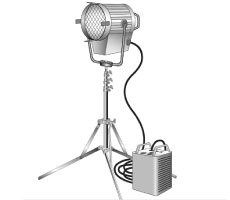
HMI stands for Hydrargyrum Medium-arc Iodide lamp.
This discharge lamp has a very high output of daylight color (usually 6000K), normally with a CRI of 95+.
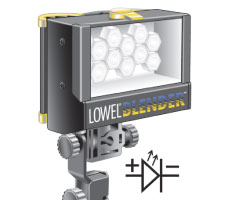 LED (for imaging) 3000-6000K
LED (for imaging) 3000-6000K
LED stands for Light Emitting Diode.
A semi-conductor based light source, that is energy efficient, with a long life. CRI is normally 70 – 90+, but subject to controversy.


Comparison of High & Low CRI Fluorescent Lamps
These 2 images are worth really studying. Both were shot with daylight colored fluorescent lamps and a camera with daylight preset white balance. The image on the left was shot with Lowel 27w day-flo lamps (CRI 92+), and the image on the right side was shot with a household day-flo lamps (CRI not listed, but assumed to be aprox. 80). Compare the details of each image, noting where the colors are pretty similar, such as the red & orange peppers, and the radishes. Then look at the items with colors rendered differently, such as the floor, cutting board, carrots, cabbage, and lettuce leaf, for example. A low Color Rendering Index does not mean all colors will shift, and no 2 lamps with the same low CRI rating will necessarily have the same errors in rendering.





